Mark Kuhn’s latest post addresses an issue that I wrote about a while back…it’s been 10 years so I guess it’s time to take a fresh look. 😀
~~~
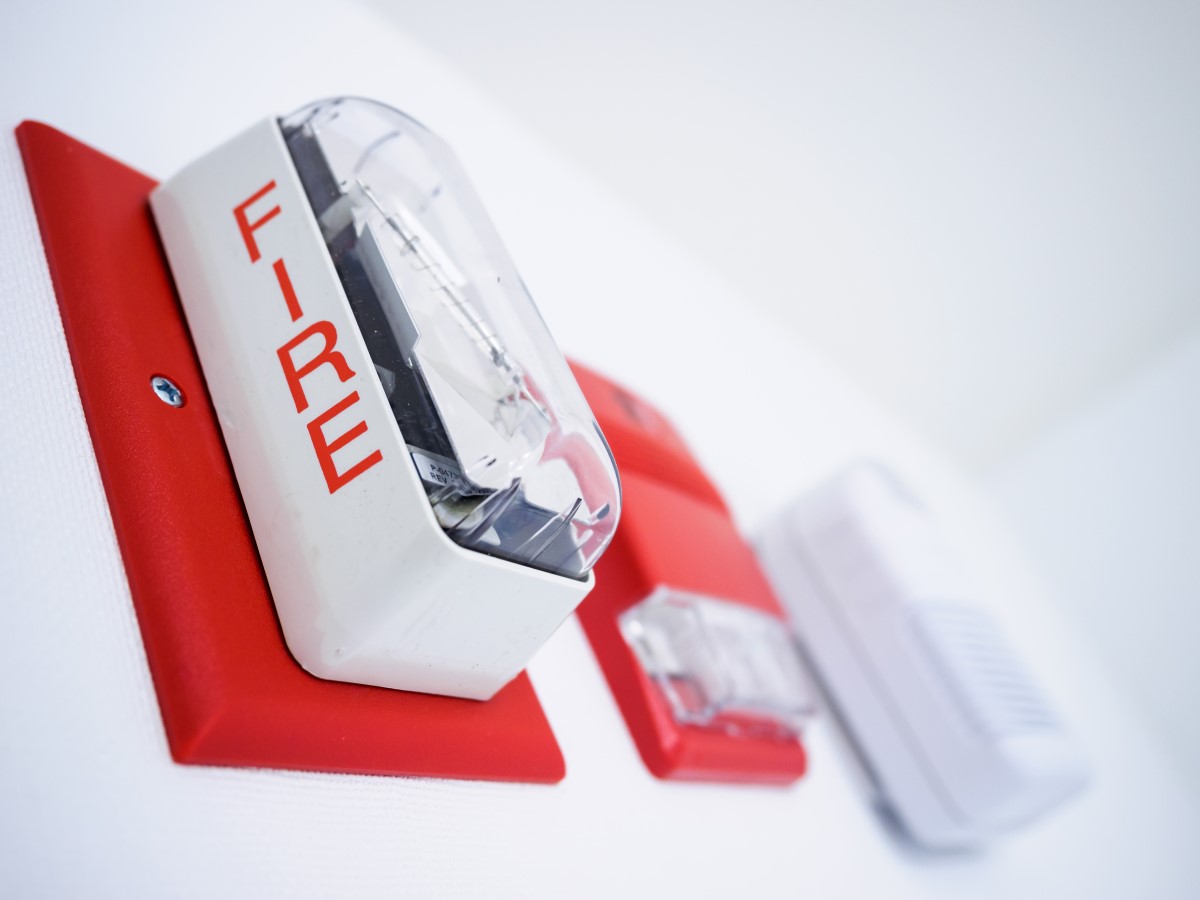 I kind of hesitated about writing this post, because this is one of those posts that people will either say, “Well duh…” or “Wow! I’ve never thought about that before either!” I’m kind of hoping it’s the latter.
I kind of hesitated about writing this post, because this is one of those posts that people will either say, “Well duh…” or “Wow! I’ve never thought about that before either!” I’m kind of hoping it’s the latter.
I have a colleague who never fails to come up with some of the most fascinating code questions. Whenever he calls, it’s similar to how comics say they go to family reunions for good material. He always has something that makes me scratch my head and say, “I have never thought of that before.” (And “That will make a great iDighardware post…” LOL). Last week he asked me just such a question.
He asked: “Do you use a fire alarm interface with a fail-secure electric strike on a fire door?”
I use a lot of fire alarm interfaces, because the I-Codes call for them in all kinds of places: stairway doors, sensor release of electrically locked egress doors, delayed egress locking systems, controlled egress in Groups I-1 and I-2, elevator lobby exit access doors…you get the idea. However, all of these locations require fail-safe locks, and the reason we need a fire alarm interface is so that the lock will unlock and people can egress through these doors when the fire alarm is activated.
My buddy was asking about an entirely different scenario. He wants the door to lock when triggered by the fire alarm. But is that really what he wants? The answer is NO. What he really wants is to ensure that the door is positively latched when triggered by the fire alarm. This is a requirement of NFPA 80 – Standard for Fire Doors and Other Opening Protectives.
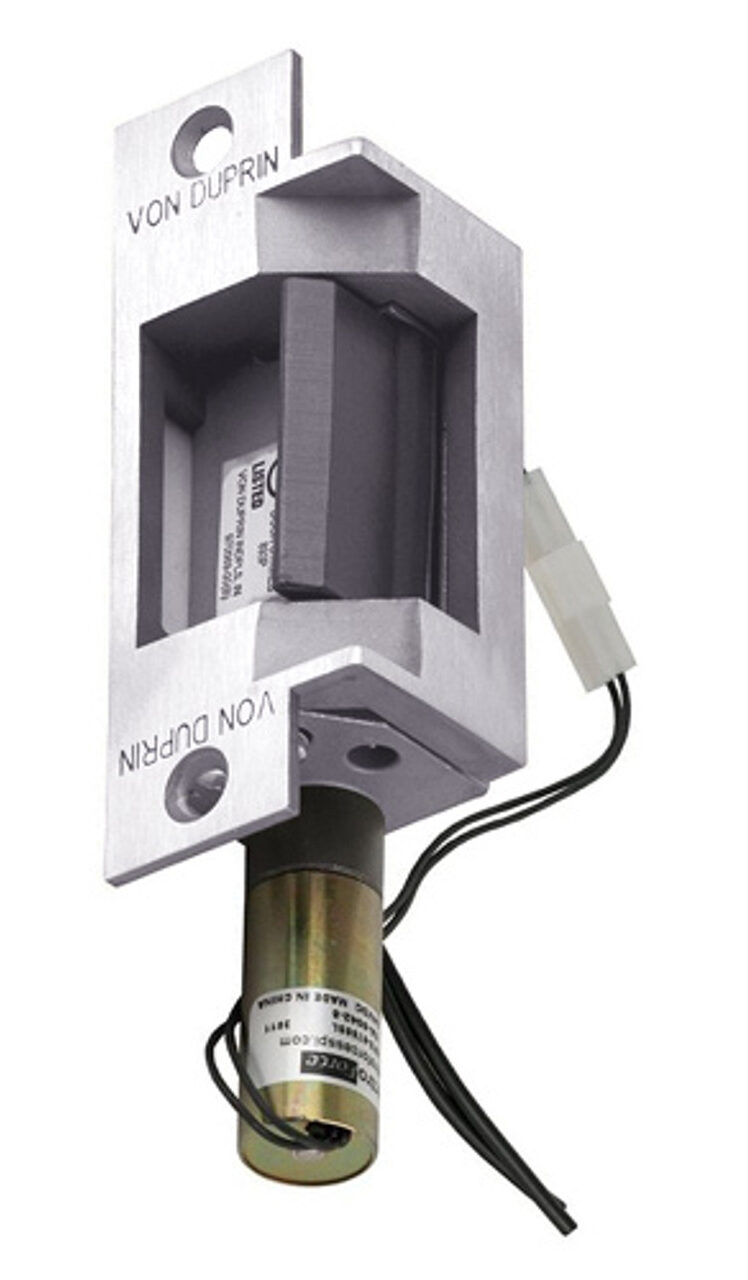 As a spec writer, I already have one such application where I specify a fire alarm contact for this purpose, and that is electric latch retraction fire exit hardware. Electric latch retraction devices are specified quite often in fire rated openings. Imagine an auditorium with fire exit hardware on the egress doors. It is very common to hold the latches retracted to cut down on the noise of exiting during a performance. When the egress doors are fire rated, electric latch retraction fire exit hardware is used to accomplish this “push/pull” function. If the fire alarm is activated, the latches will project, causing the doors to be positively latched but still allowing free egress.
As a spec writer, I already have one such application where I specify a fire alarm contact for this purpose, and that is electric latch retraction fire exit hardware. Electric latch retraction devices are specified quite often in fire rated openings. Imagine an auditorium with fire exit hardware on the egress doors. It is very common to hold the latches retracted to cut down on the noise of exiting during a performance. When the egress doors are fire rated, electric latch retraction fire exit hardware is used to accomplish this “push/pull” function. If the fire alarm is activated, the latches will project, causing the doors to be positively latched but still allowing free egress.
So back to my friend’s question…the concern is that a fail secure electric strike on a fire door assembly could be left in the unlocked/unlatched position by the access control system or with a toggle credential. If you are not familiar with toggle credentials, presenting the credential to the reader unlocks the door until the credential is presented again to lock the door. In the case of the electric strike installed on a fire door assembly, the toggle credential or access control system could cause the door to be unlatched during a fire. Adding a fire alarm interface would help to ensure that door is latched during a fire.
How would you answer my colleague? I’ll tell you that I will be specifying fire alarm interfaces with all fail secure electric strikes on fire doors from now on.
You need to login or register to bookmark/favorite this content.

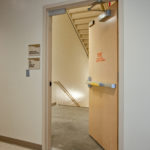
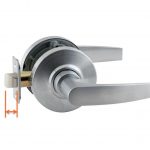



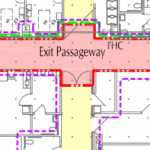


Indeed a ‘wow’ question. Wiring HW Spec is fascinating. Innumerable scenarios exists, with multiple compliant solutions for each. No one can say I know it all. We must never undermine any question thrown to us, rather take it as challenge and work towards solving it.